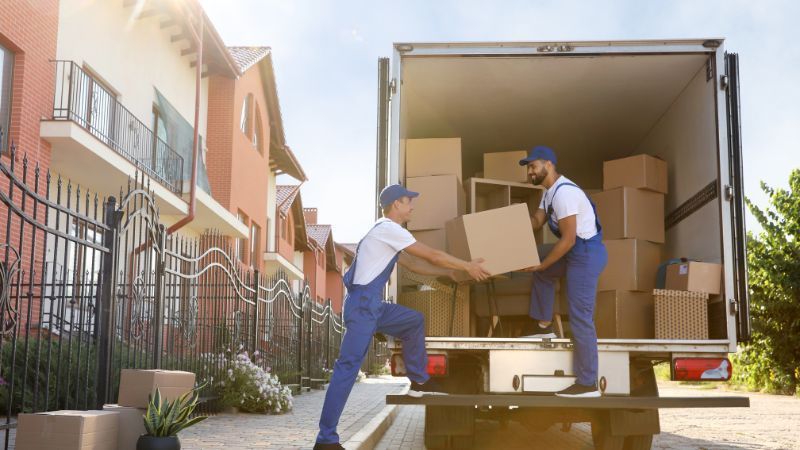Long-Distance Moving Guide by Kinetic Movers: Taking the Stress out of Moving Miles Away
Bryan Bloom • April 23, 2024
Conducting a Comprehensive Overview of Moving Needs

Taking a leap of faith and relocating miles away can be quite an undertaking. But armed with the right knowledge and preparation, the process can become much less daunting. We at Kinetic Movers often tell our clients that the first step in managing a successful long-distance move starts with a comprehensive overview of your moving needs.
Evaluating the Scale of the Move: From Single Apartment to Family House
Relocating takes on different dimensions based on the size and type of your current home. Are you moving out of a single apartment, or do you have a big family house to deal with? Recognize the scale of the task at hand. A single individual moving from an apartment might need fewer resources compared to a family relocating an entire house full of belongings.Estimating Your Moving Budget: What Costs to Consider
The next crucial point is budgeting. Long-distance moves involve several costs—moving supplies, professional movers, travel expenses, and potential costs related to setting up the new home. Crafting a detailed budget will ensure that you are mentally and financially prepared for the move.Special Requirements in Long-Distance Moves
Long-distance moves sometimes include specific requirements, such as cross-country regulations, pet transportation, or moving delicate instruments like a piano. Knowing these beforehand can help you plan accordingly and avoid last-minute surprises.Thorough Planning for a Seamless Long-Distance Move
In long-distance moves, nothing beats diligent planning. Having a step-by-step course of action not only helps you remain organized but also reduces the stress that comes with the chaos of moving.Setting a Feasible Moving Timeline
Creating a reasonable timeline allows you to distribute tasks effectively over several weeks or even months. Start with packing seasonal or rarely-used items and wind up with daily essentials closer to the moving day. Remember, rushing through the packing process leading up to a move can lead to mistakes like poor labeling or insufficient cushioning for delicate items.Choosing the Right Season for Moving
Believe it or not, the season in which you plan your move can significantly impact your experience. Summer moves may offer better weather, but they could also mean higher moving rates due to demand. On the other hand, winter comes with its set of challenges, such as snow or freezing conditions, but also lower costs.Incorporating Unexpected Delays in Planning
Let’s face it. Even with meticulous planning, not everything always goes according to plan. Unforeseen situations like pandemics, extreme weather conditions, or even personal health issues can crop up. So when planning, it’s wise to leave some leeway for such unexpected delays.Making Crucial Decisions about Your Belongings
When going the distance, every item carries a cost. It's an excellent opportunity to rethink what’s beneficial to keep and what’s better off left behind.Decluttering 101: What to Keep and What to Let Go
Take a hard look at every item you own. Classifying your belongings into Keep, Donate, Sell, and Discard allows you to reduce moving loads and earn some extra bucks.Strategies for Effective Packaging
Effective packing services ensure the safety of your items during transit. Invest time and resources in quality packing materials and techniques. Fragile items, electronics, and valuable items need extra care and possibly professional packing services.Necessity of Insurance for High-Value Items
One essential aspect many overlook during long-distance moves is ensuring their belongings—especially high-value items. Opting for full-value protection gives you peace of mind, knowing that should anything happen, you're adequately covered.Choosing the Right Moving Company for Long-Distance Moves
Half the battle of a long-distance move is won by partnering with the right moving professionals. Here's what to look out for in a reliable moving company.Attributes to Look for in Long-Distance Moving Companies
Look for companies with expertise in long-distance moves. They should have necessary licenses and accreditation, positive customer reviews, transparent pricing, and responsive customer service. Checklist for choosing a moving company:- State and federal license
- Positive customer reviews
- Transparent pricing
- Responsive customer service
- Necessary equipment and vehicles
- Extra services like packing and storage



